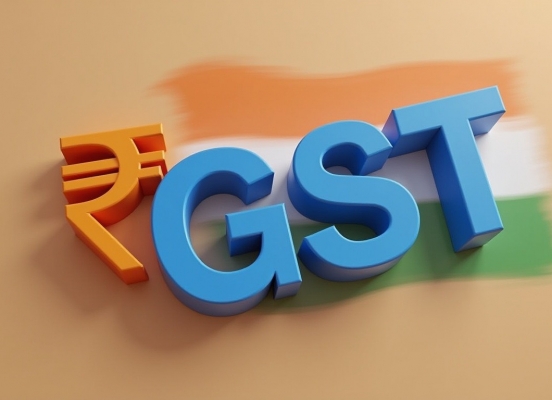
GST 2.0: Two Tax Slabs, One Big Opportunity for MSMEs
On the evening of September 2, 2025, the Government of India unveiled one of the most significant reforms since the implementation of the Goods and Services Tax (GST) in 2017. Effective from September 22, 2025, the new GST framework simplifies the tax structure from four slabs into a two-slab structure of 5% and 18%, with a special 40% rate reserved for luxury and “sin goods” such as tobacco until government compensation loan obligations are cleared.
These reforms aim to simplify taxation, reduce compliance burdens, and enhance competitiveness for Micro, Small, and Medium Enterprises (MSMEs), who stand to gain significantly from the following changes:
Key GST Reforms for 2025
- Simplified GST Slabs: Reduction from four slabs (5%, 12%, 18%, 28%) to a two-tier structure (5% and 18%), with a 40% rate for sin goods, minimising classification disputes.
- Lower Tax Rates: Reduced GST on essentials, packaged food, electronics, and insurance, lowering production costs for MSMEs.
- Corrected Inverted Duty Structure: Aligned input and output tax rates to ensure smooth input tax credit (ITC) flow, freeing up working capital.
- Simplified Compliance: Pre-filled GST returns, faster refunds, and streamlined registration for e-commerce businesses selling across states.
- Elimination of Multiple Registrations: Removal of multiple state-wise registration requirements, easing market expansion for small suppliers.
- Cess Removal: Phasing out compensation cess by March 2026, creating fiscal space for sustainable rate reductions.
- Export Incentives: The removal of value thresholds for GST refunds on low-value e-commerce consignments will improve exporters' cash flow.
- Reduced Logistics Costs: GST on commercial vehicles was cut from 28% to 18%, and on packaging materials from 12–18% to 5%, boosting export sectors like handicrafts and toys.
- Composition Scheme Continuation: MSMEs with turnovers up to ₹1.5 crore can pay reduced GST rates (1–6%) and file quarterly returns, easing financial and administrative burdens.
These reforms empower MSMEs by simplifying tax compliance, reducing operational costs, and enhancing market access. The streamlined tax structure and improved ITC flow free up funds for reinvestment, particularly in sectors like textiles, leather, and food processing. Lower logistics costs and export incentives strengthen competitiveness in global markets, aligning with the Atmanirbhar Bharat initiative. Additionally, easier compliance through digital tools and platforms like GeM enables MSMEs to formalise and access credit, fostering innovation and growth.
While initial compliance costs and digital adaptation may pose challenges, the reforms address long-standing MSME pain points. By reducing tax burdens and administrative hurdles, GST 2.0 equips MSMEs to drive employment, innovation, and economic growth, reinforcing their role as the backbone of India’s economy.











